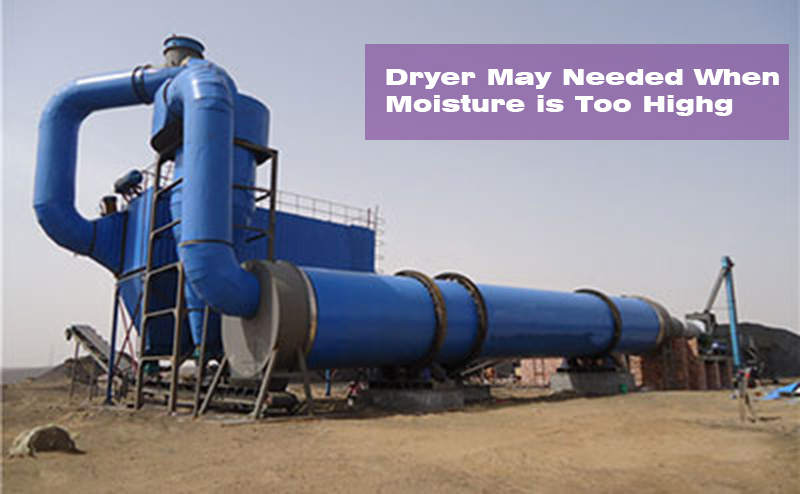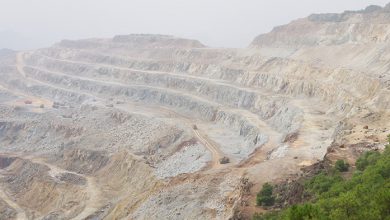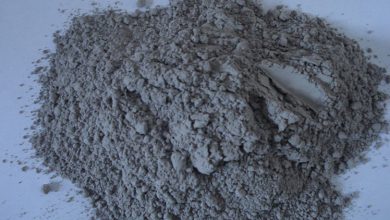High-pressure grind roll are widely used in major mines and related material crushing industries due to their characteristics of high production capacity, fine discharge granularity, low unit crushing energy consumption, and longe service life. Research over the years has found that the discharge granularity of high-pressure grind rolls is not only related to the original ore properties but also to operational factors.
Pressure
In experiments and practice, it has been observed that increasing the pressure between the rolls results in finer discharge granularity for both central and edge materials. The central material exhibits a more concentrated particle size distribution, while the edge material shows a more uniform distribution. The crushing effect on materials mainly depends on the pressure exerted on the materials near the small gap between the two rolls. The specific pressure (the ratio of the total pressure provided by the hydraulic system to the roll diameter and width) is commonly used as an operational parameter to measure the magnitude of the working pressure.
With the increase of roll surface pressure, the uniformity coefficient of central material increases, the particle size distribution becomes more concentrated, the crushing ratio increases, and the discharge granularity becomes finer. The fine particle size fraction in the crushed central material dominates. On the other hand, the uniformity coefficient of the edge material decreases, the particle size distribution widens, the crushing ratio increases, and the discharge granularity becomes finer. The edge material of high-pressure grind rolls becomes closer to conventional crushing products.
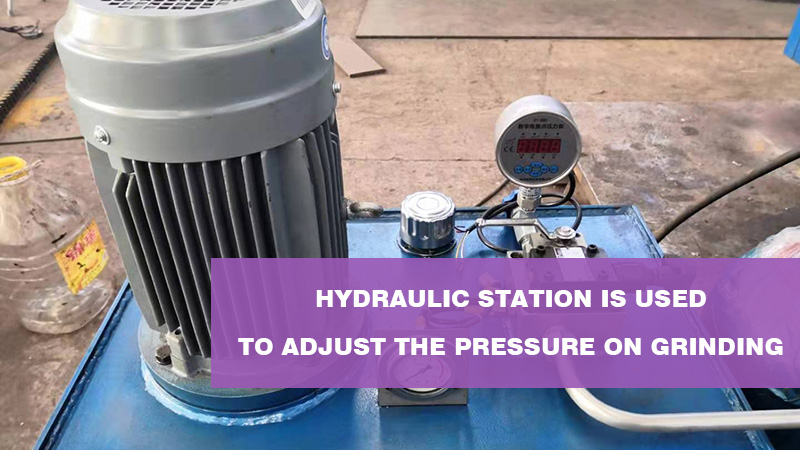
Roll Speed
At the same roll surface pressure, when the roll surface speed increases to a certain level, the uniformity coefficient of central material increases, the particle size distribution becomes more concentrated, the crushing ratio increases, and the product granularity becomes finer. However, the impact on the uniformity coefficient and crushing ratio of the edge material is not significant. Further increase in roll surface speed results in less noticeable changes in the crushing ratio of central material. Lowering the roll speed increases the frictional work between material particles, leading to a stronger mutual pressure interaction, enhancing the crushing effect, and improving the crushing efficiency.
Suitable rotation speed is related to roll surface characteristics, material hardness, and ore feed size, among other factors. While increasing roll surface speed has little effect on the granularity characteristics of the discharge, it significantly enhances the processing capacity of high-pressure grind rolls. However, higher roll surface speed may cause wear on the roll surface and bearings, impacting the equipment’s lifespan.

Material Moisture
The moisture of raw ores used in production often varies. With changes in ore moisture content, which affects ore strength and viscosity, the material characteristics during the crushing process are influenced. Under constant roll surface pressure and speed, an increase in ore moisture content results in a larger uniformity coefficient for central material and a more concentrated particle size distribution. The crushing ratio of edge material increases, but the change is not significant, and the particle size distribution widens.
How to adjust the output size of HPGR
Adjusting Roller Pressure
High-pressure grind rolls influence the grinding effect by adjusting the gap between the two rolls and the pressure on the rolls. Generally, the larger the pressure on the rolls, the finer the discharge particles, and the smaller the pressure, the coarser the discharge particles.
Adjusting Speed
The main motor of the high-pressure grind rolls is equipped with a motor, and the rotation speed of the rolls can be changed by adjusting the motor’s speed, thereby affecting the grinding effect. The faster the speed, the better the grinding effect, and the finer the discharge particles; the slower the speed, the poorer the grinding effect, and the coarser the discharge particles.
Adjusting Material Moisture
In the grinding process, the moisture of the material also affects the particle size of the discharge. Generally, the higher the material moisture content, the finer the discharge particles, and the lower the material moisture content, the coarser the discharge particles.
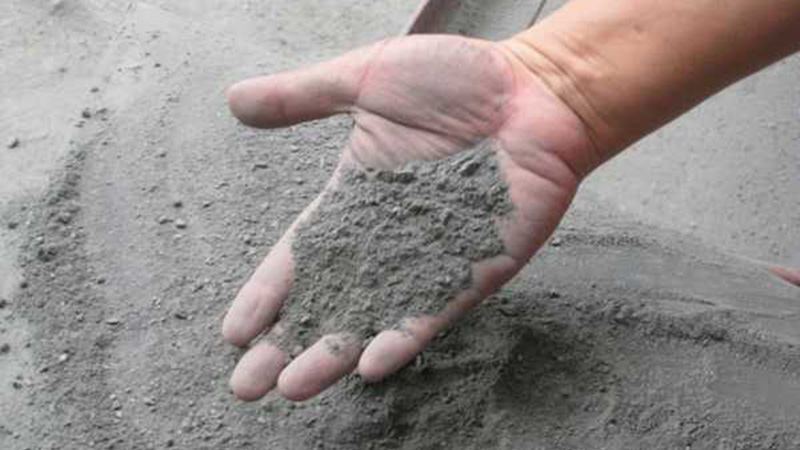
In conclusion, the impact factors on the discharge granularity of high-pressure grind rolls largely depend on operational aspects. By selecting the appropriate roll pressure and roll speed, the discharge granularity can meet production requirements. This requires production personnel to have a thorough understanding of the characteristics of the raw ore materials and mechanical equipment, making the familiarity of the operators a key factor influencing the discharge granularity of high-pressure grind rolls.


